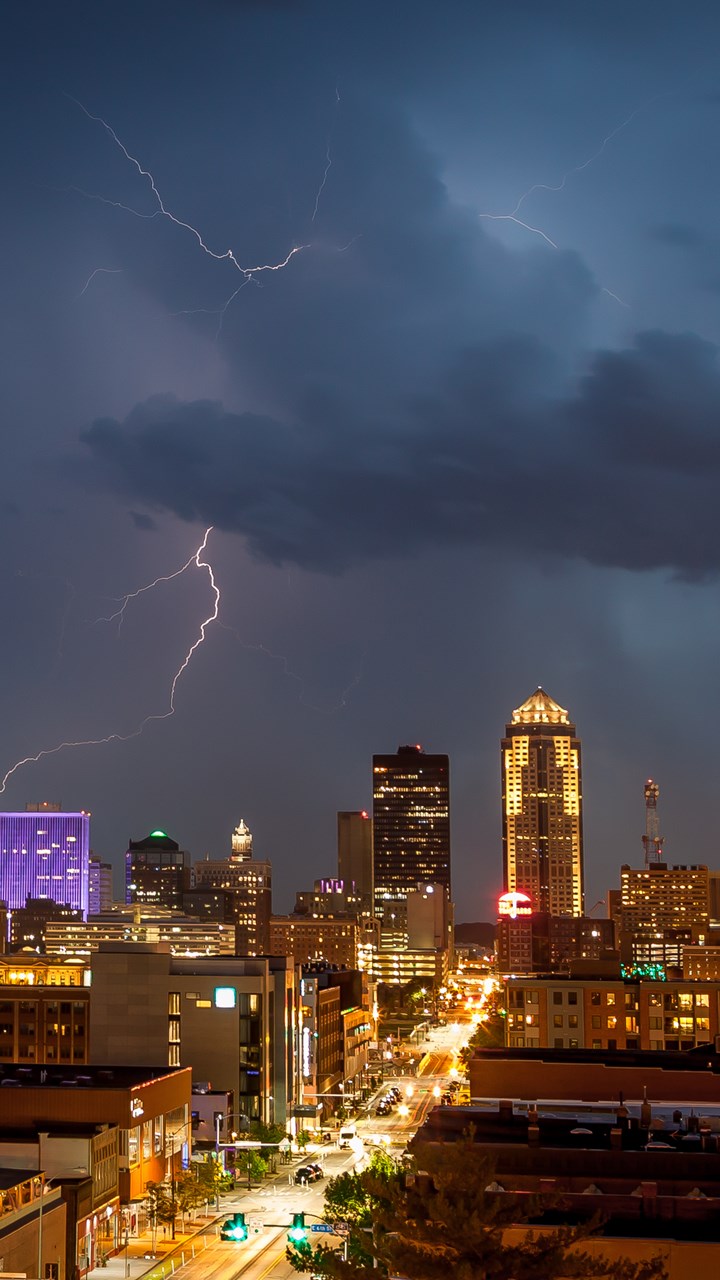Donations
Guidelines for Sending Donations to Disaster Victims
Disasters result in tragic loss of life and cause extensive damage every year. After a disaster has struck, people everywhere want to help those in need. Despite our best intentions, unsolicited donated goods frequently cause more harm than good. Unnecessary items compete with essential relief goods for the limited capacity of personnel and operating facilities, and can delay delivery of needed items to victims.
Following these guidelines will ensure you donate goods or services that meet the needs of disaster victims. These steps will help your donations arrive in a timely, orderly manner will help, rather than hinder, the recovery and rebuilding process.
You Can Help Disaster Victims!


What should you do first?
Find out the needs of the disaster victims and respond properly. The job of the local disaster relief agencies is to determine the needs of their community soon after a disaster occurs. These officials will then provide the media and various disaster relief organizations with a needs list. Look for reports from the media or a recognized volunteer agency experienced in disaster response such as your local chapter of the American Red Cross, the Salvation Army, or religious charities.
What do disaster victims need the most?
Money! Financial contributions are the most useful form of disaster assistance. They help guarantee that relief workers have the funds necessary to provide disaster victims with needed supplies in a timely fashion. Donating money also eliminates many of the logistical concerns like transportation, distribution and spoilage frequently associated with donations of unsolicited, un-sized clothing and perishable or mixed food items. Money also helps the local economy recover.
Do disaster victims need clothing?
For the most part, the answer is “no.” Unless specifically requested, donations of clothing are generally discouraged.
If clothing is requested, new clothes are preferred. All articles should be sorted by category: age, sex, and type. Donors should also consider the local climate when choosing what to send.
Is sending food to the disaster area a good idea?
Unless specifically requested, donations of food are also discouraged. In most disasters, food scarcity is not an immediate problem. If food is requested, baby food is needed first, then ready-to-eat, non-perishable food items.
What about medicines?
The arrival of unnecessary medicines at a disaster scene can be more a burden than an asset. Medical supplies require distribution through qualified personnel. If medical supplies are requested, donated medicines must be clearly labeled and have a shelf life of at least six months after arriving at the disaster site. Old prescription medications should NEVER be sent.
Can I go directly to the disaster scene and volunteer to help?
Although well-intentioned, volunteers who have not been specifically requested at a disaster site frequently just add to the existing chaos. If you want to go to the disaster scene, first call the American Red Cross or the Salvation Army for information.
The American Red Cross conducts a basic training program for volunteers and usually only sends volunteers that have completed adequate training. Local emergency services directors can also be contacted about volunteering for disaster relief efforts.
How can businesses and organizations help?
Businesses and organizations wishing to make donations should first contact local officials to find out what is needed. Once the needs have been determined, it is helpful for the business or organization to choose a single type of item to donate. The donors should also be prepared to provide for the transportation of the goods and arrange for the delivery and unloading of the supplies at a specified location. Loading and unloading is much more efficient when shipments are transported on portable platforms that can be transferred using a single forklift.
Also, businesses and organizations can conduct fund-raising efforts in their community with the proceeds going to the disaster area.
What about donating blood?
Blood is always needed. Contact your local blood center, blood bank, or American Red Cross Chapter for information on how you can donate blood for disaster victims.
Donations Checklist
- First! Confirm there is a need.
- Donate through the organization of your choice.
- Remember! Cash contributions are often the best donation.
- Transportation must be planned in advance.
- Do not go directly to the disaster scene.
- Do not create a second disaster by donating items that are not needed.
- Wait. Many times donations are not needed until later in the recovery stage of the disaster.
